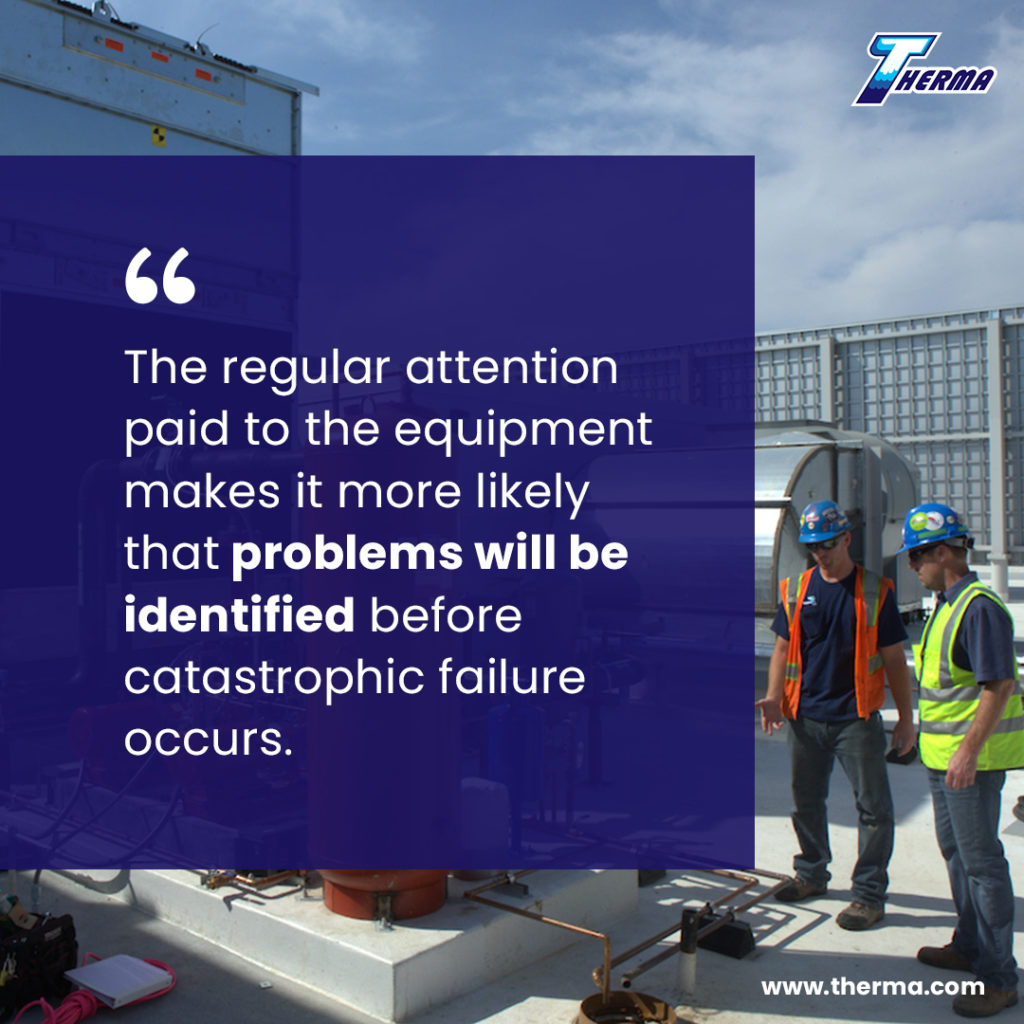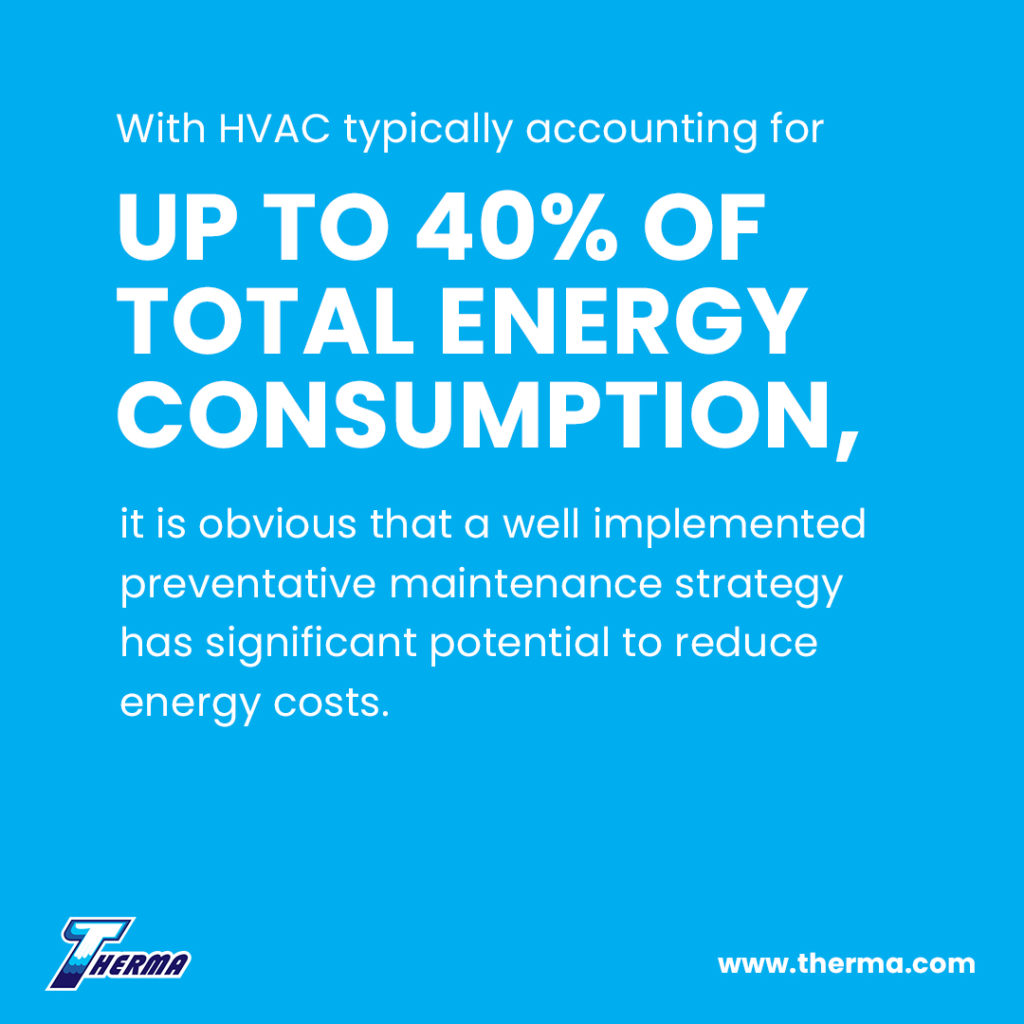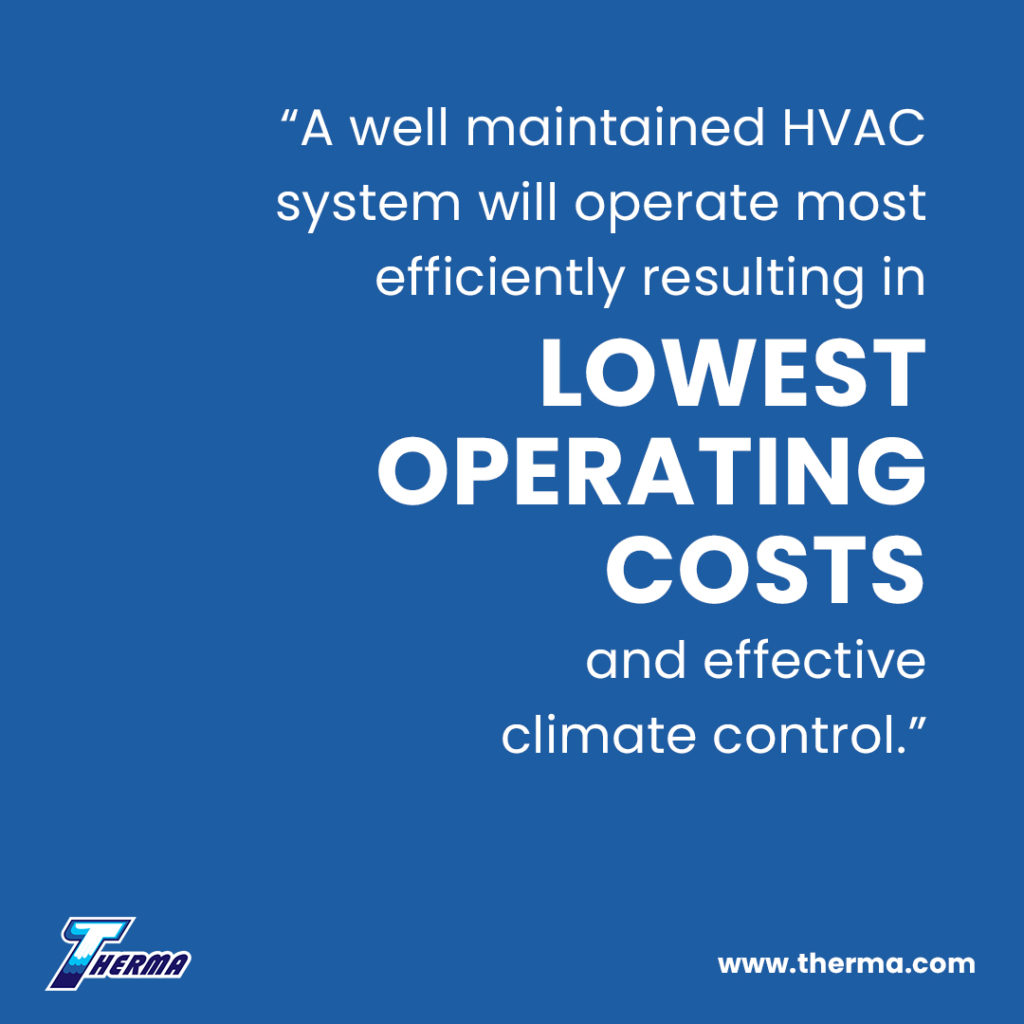Heating, ventilation and air conditioning (HVAC) systems control indoor climates and maintain suitable airflow to maintain the comfort and safety of people inside buildings. In some cases HVAC systems must do more than ensure occupant comfort and must control the environment very precisely to ensure suitable conditions for the operation of equipment for example. Proper operation of HVAC systems is therefore extremely important and since all systems degrade with continuous operation over time, it is essential that maintenance is performed.
HVAC Maintenance
HVAC maintenance refers to activities that aim to keep the individual mechanical systems that make up an HVAC system operating, preferably at optimum performance, over the lifespan of a building. These activities may include repairing or replacing damaged, worn or broken components; cleaning heat exchangers, tubes and vents; lubricating moving parts; and topping up working fluids.
Maintenance strategies differ widely with cost optimization generally being the foremost concern. The four basic maintenance strategies are reactive, preventative, predictive and proactive maintenance with the former two strategies being the simplest and most common.
Reactive Maintenance
Reactive maintenance operates according to the old adage “if it ain’t broke don’t fix it” and is effectively a run-to-failure strategy. Maintenance is avoided until a breakdown occurs and a component must be fixed or replaced before the HVAC system can continue operating.
On the surface this strategy may appear attractive since it keeps routine maintenance costs to a minimum and requires fewer dedicated maintenance staff. However, in the long run, reactive maintenance seldom results in lowest overall costs. Breakdowns result in unscheduled downtime which is often expensive and emergency repairs may drive labor costs up due to the need for overtime work to get things back up and running as quickly as possible. In addition, before complete failure occurs, it is likely that poorly operating components will have been causing the HVAC system efficiency to suffer resulting in increased operating costs.
Preventative Maintenance

In preventative maintenance, HVAC equipment is inspected and basic maintenance activities are carried out at scheduled intervals. While the risk of breakdown is not avoided completely, the regular attention paid to the equipment makes it more likely that problems will be identified before catastrophic failure occurs and as such downtime can be scheduled to effect a repair or replacement. In addition, the regular basic maintenance activities (cleaning, lubricating etc.) should result in components lasting longer and HVAC system efficiency remaining at a higher level over time.
Preventative maintenance requires on-going effort, often a dedicated maintenance team, and incurs routine maintenance costs. These costs may seem unjustified when a scheduled maintenance activity effectively has no immediate effect, however, over time a well-executed preventative maintenance plan should result in reduced overall costs.
Energy Costs and Preventative Maintenance
Low cost preventative maintenance measures targeting energy efficiency have been predicted to reduce building energy consumption by between 5 and 20%.

The Best Solution?
The cost optimization calculation relating to HVAC maintenance is likely to be complicated and several diverse factors need to be considered: the size and complexity of the system, the availability of well trained staff, the cost of down time etc. While preventative maintenance is clearly capable of reducing lifecycle costs associated with HVAC, the level of sophistication of this strategy for lowest cost will be highly case specific. Pure reactive maintenance is however unlikely to ever be the best solution and some level of preventative intervention should be the norm.
By Michael Owen, PhD
Michael is a mechanical engineer working in academia. His research encompasses various aspects of fluid dynamics and heat transfer with a strong emphasis on industrial heat exchangers.
Sources:








